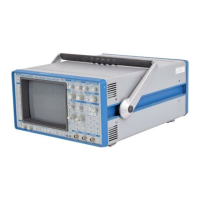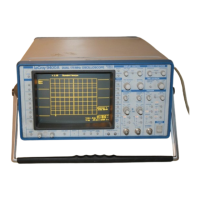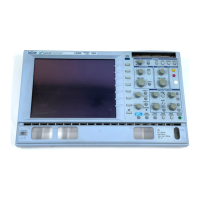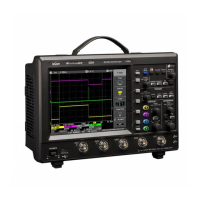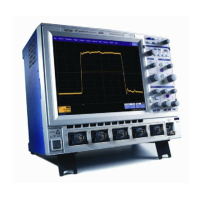C–1
Appendix C: Fast Fourier Transform (FFT)
C
When and How to Use FFT
The WP02 Spectral Analysis package, with FFT (Fast
Fourier Transform), reveals signal characteristics not
visible in the time domain and adds the power of frequency
domain analysis to your oscilloscope. FFT converts a time
domain waveform into frequency domain spectra similar to
those of a spectrum analyzer, but with important
differences and added benefits.
Why Use FFT? For a large class of signals, greater insight can be gained by
looking at spectral representation rather than time description.
Signals encountered in the frequency response of amplifiers,
oscillator phase noise and those in mechanical vibration analysis
— to mention just some applications — are easier to observe in
the frequency domain.
If sampling is done at a rate fast enough to faithfully
approximate the original waveform (usually five times the
highest frequency component in the signal), the resulting
discrete data series will uniquely describe the analog signal.
This is of particular value when dealing with transient signals
because, unlike FFT, conventional swept spectrum analyzers
cannot handle them.
Theory Behind FFT Spectral analysis theory assumes that the signal for
transformation be of infinite duration. Since no physical signal
can meet this condition, a useful assumption for reconciling
theory and practice is to view the signal as consisting of an
infinite series of replica of itself. These replica are multiplied by
a rectangular window (the display grid) that is zero outside of the
observation grid.
Ø For an explanation of FFT terms: see the Glossary
on page C–17
Ø Using FFT Functions: see page C–9
Ø FFT Algorithms: page C–14
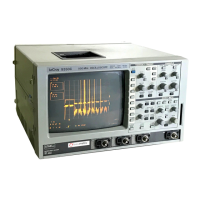
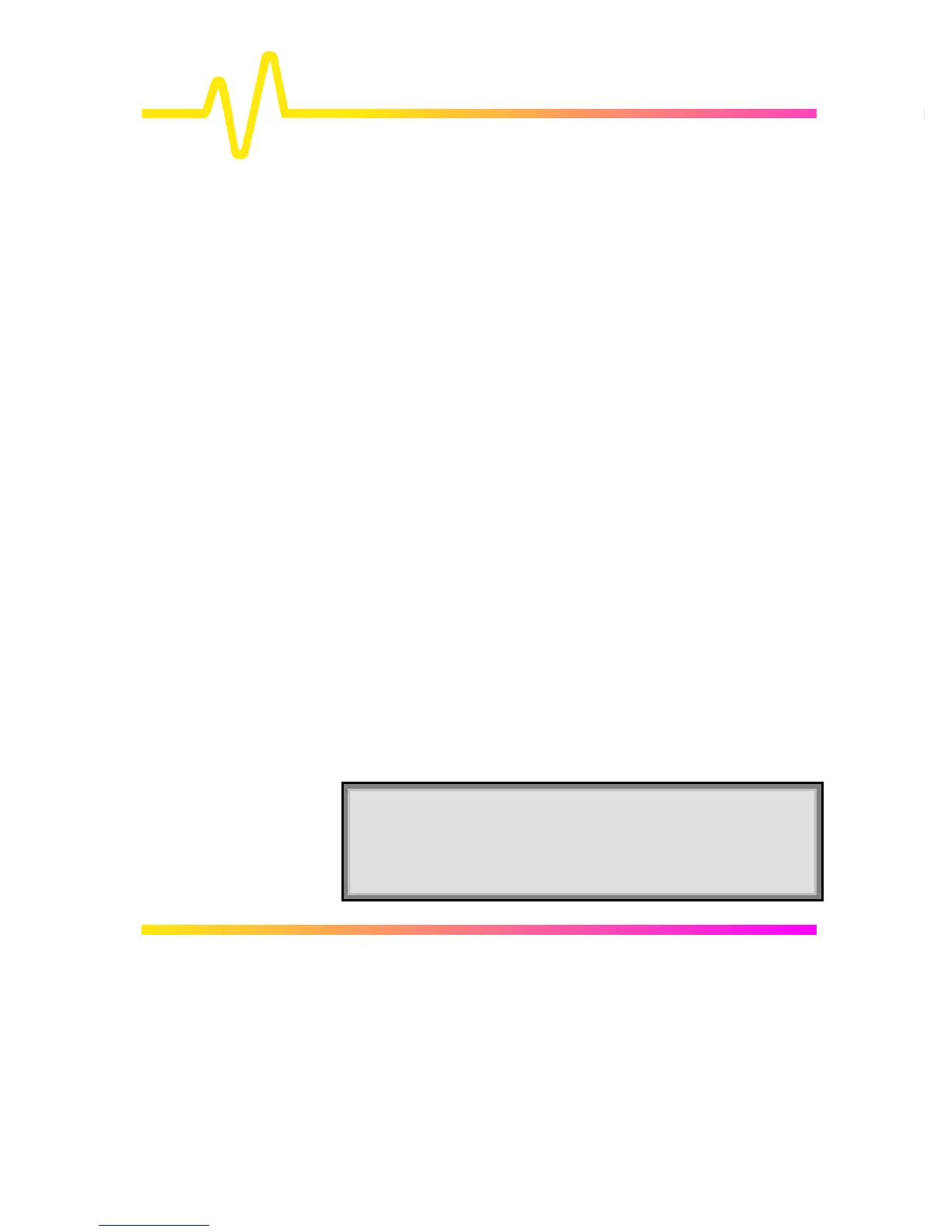